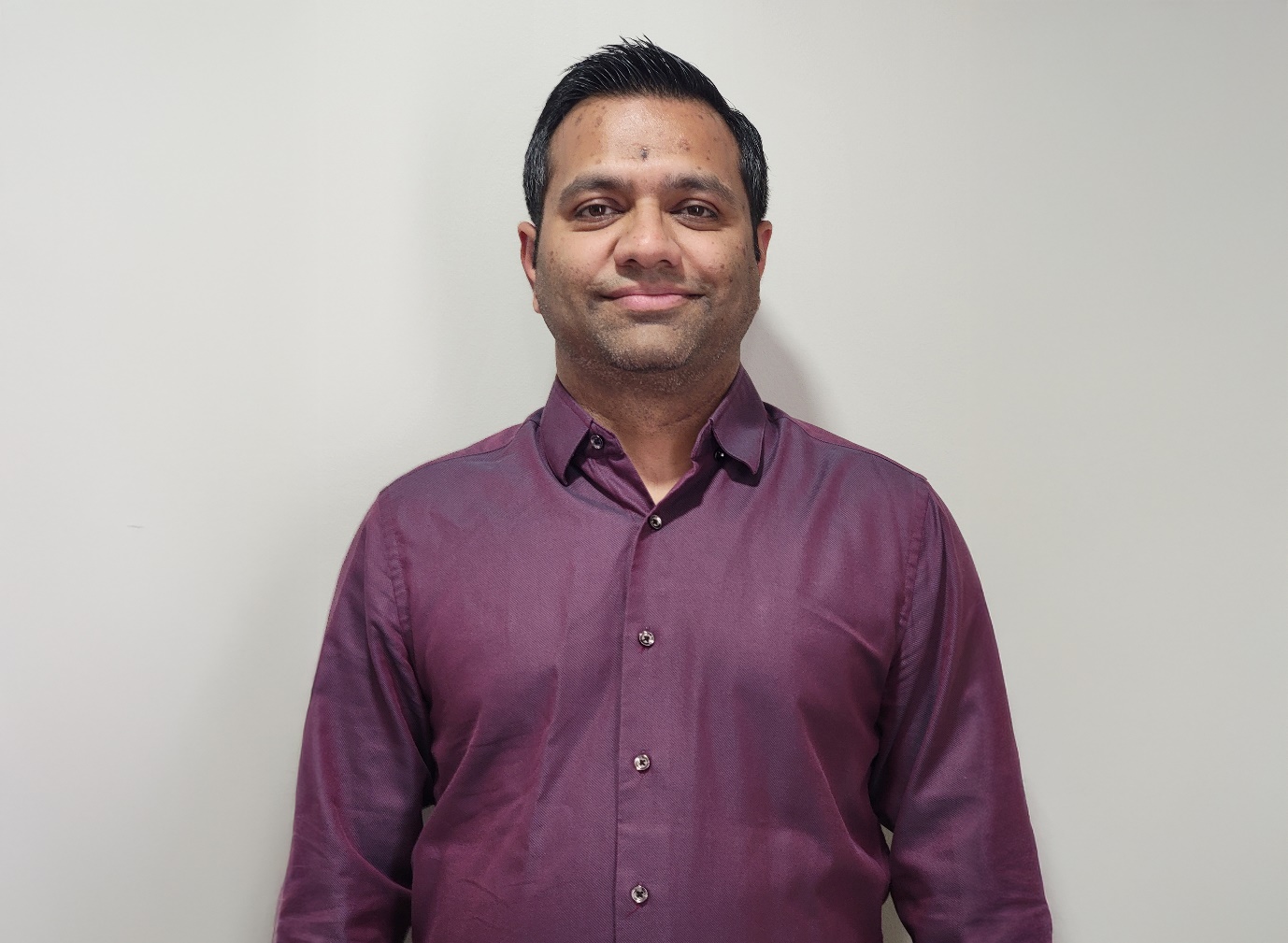- Tejas Dhanorkar has spent more than a decade coaxing speed and certainty out of high-volume payment rails, and the numbers prove his method. As Principal Application Engineer for a leading US card issuer, he stewards a network that clears billions of dollars each day; his remit stretches from REST-based authorization flows to the cryptogram checks that stop fraud mid-stream.
Early in 2024, surging traffic nudged p95 latency beyond the network’s 350-millisecond service-level commitment. Tejas isolated the bottleneck to an aging verification routine, rewrote the algorithm in constant-time fashion, and re-tuned cache-eviction rules. The result—-a 40 percent latency drop with zero code freezes—now anchors the issuer’s promise of “sub-second swipe-to-approve.”
- The incident re-enforced his conviction that compliance and performance share the same bloodstream. Months earlier, a central-bank rule barred locally issued – locally acquired transactions from crossing national borders. Tejas devised a dynamic routing engine that quarantines sensitive data in on-shore enclaves while preserving global fallback paths, marrying sprint-level agility with line-item audit rigor. That pattern now circulates across the issuer’s engineering guild as the de-facto standard for jurisdiction-aware payment logic, cementing his reputation as an engineer who reads statutes as fluently as packet captures.“My experience of implementing large scale contactless fare systems has taught me that reliability hinges on simple, testable code. Consistent performance earns commuter trust without fanfare.”
Peers describe his code reviews as a triangulation exercise—metrics, profiler traces, and business KPIs must all agree before a line ships. The discipline pays off in Net Promoter Scores that have inched upward even as transaction volumes expanded double digits. To Tejas, craftsmanship is not an indulgence but the entry fee for operating at national scale, and real success arrives in the quiet moments when customers forget the infrastructure exists at all.
Engineering Automation That Frees Minds and Pipelines
If payment networks are Tejas’s stage, automation is his lighting rig—the invisible scaffolding that lets performers focus on art. In 2023 he led a JDK uplift spanning twenty-three microservices for a leading mutual-insurance group. Rather than brute-force refactors, his team built a continuous-delivery pipeline that scanned reflection-based calls, surfaced deprecated APIs, and queued pull requests at the exact lines demanding change. Disposable Kubernetes jobs ran integration tests on every commit, and the switchover landed with zero customer downtime. The framework—now marketed internally as an “evergreen pipeline”—saves the firm roughly 1,200 engineering hours each release cycle.

